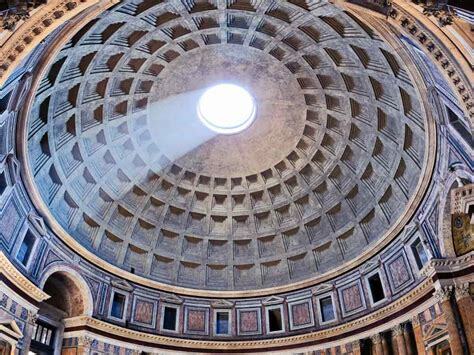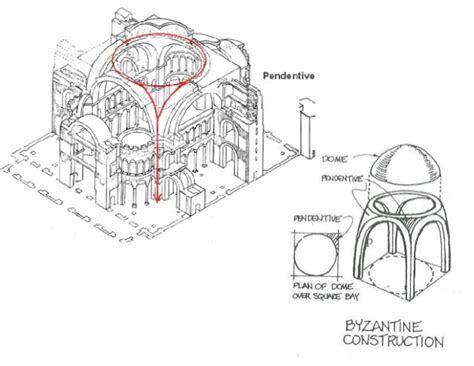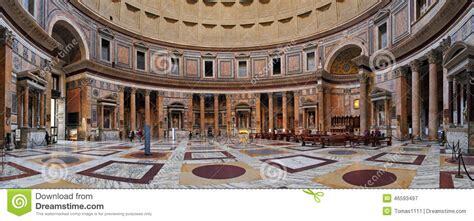Roman Architecture: The Brilliance of the Pantheon

Lecture 9: The Most Celebrated Edifice – the Pantheon
Understanding Greek and Roman Technology: From the Catapult to the Pantheon
Dr Stephen Ressler (2013)
Film Review
Built in 126 AD under the emperor Hadrian, the Pantheon is the best preserved of all Roman buildings. The portico, which mimics Greek temples, has 40 foot high Corinthian-style columns. Each is built from a single piece of granite imported from Egypt. The columns were shaped on a huge lathe.*
Based on precise geometric calculations, the dome is a hemisphere from a a full sphere that would fit exactly into the inner sanctuary below. Made of poured concrete, its weight (5,000 tons) has been reduced by an inner layer of lattice work.


The dome supported by the twenty foot wall of the cylindrical drum housing the sanctuary, as well as interior arches and vaults dedicated to specific gods. The wall is made of opus testaceum (brick and tile-faced concrete).

Much of the interior is faced with marble, made possible by the invention of an iron saw that could cut marble into thin sheets.
*A lathe is a machine tool that turns a work piece on a central axis of rotation to perform various operations such as cutting, sanding, knurling and drilling. Although it dates back to 1300 BC Egypt, one large enough to sculpt granite columns was a recent Roman invention in the 2nd century AD.

Medieval lathe
Film can be viewed free with a library card on Kanopy.
https://www.kanopy.com/en/pukeariki/watch/video/146678/146696
The Most Revolutionary Act
- Stuart Jeanne Bramhall's profile
- 11 followers



